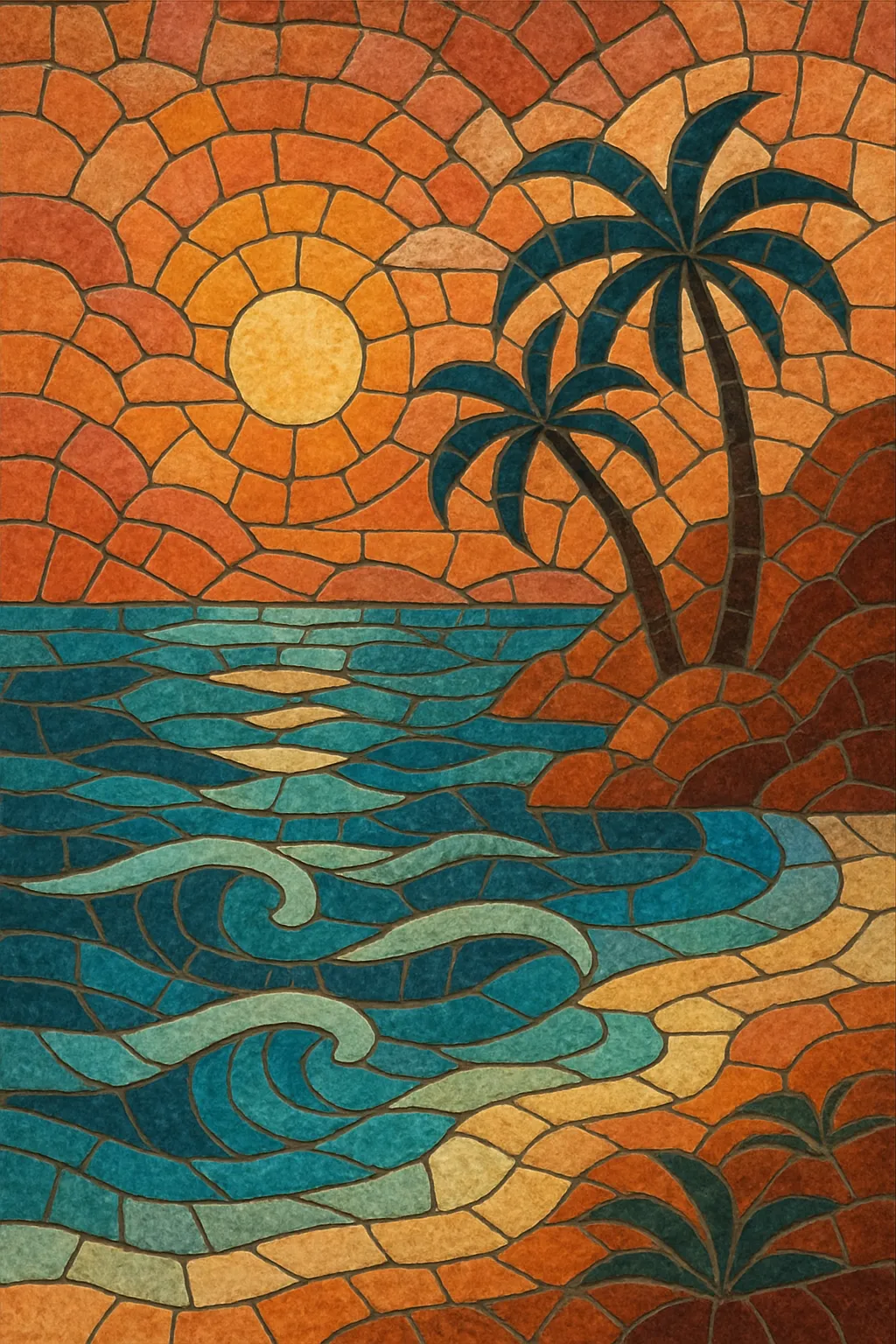Balearic trance is a sun‑drenched, melodic strain of trance that grew out of Ibiza’s open‑air club culture. It blends the genre’s four‑on‑the‑floor pulse and euphoric breakdowns with the eclectic, warm textures of Balearic beat and ambient house.
Compared with more aggressive trance offshoots, it favors relaxed tempos, acoustic guitar flourishes, sea‑breeze pads, beachy field recordings, and wistful, major‑leaning harmonies. The result is music aimed as much at golden‑hour terrace sets and coastal drives as peak‑time festival moments.
Signature traits include gently side‑chained pads, plucked arpeggios, nylon‑string or steel‑string guitars, airy vocal hooks, and long, cinematic breakdowns that resolve into understated, rolling drops.
Balearic trance emerged in the 1990s from Ibiza’s terrace and sunrise culture, where DJs freely mixed Balearic beat, ambient house, and early trance. The island’s eclectic, outdoor setting encouraged a softer, guitar‑friendly, and cinematic take on trance that contrasted with harder continental and UK styles.
By the mid–late 1990s, producers started fusing dreamy pads and Mediterranean guitar motifs with trance structures. Anthems like Energy 52’s “Café Del Mar” (and its iconic remixes) encapsulated the coastal mood, while artists across Germany and the UK refined a template of warm harmonies, long breakdowns, and restrained, rolling drops aimed at beach sunsets as much as dancefloors.
In the 2000s, Balearic trance aesthetics spread via compilation culture and global club tourism. Artists and labels leaned into acoustic guitars, oceanic field recordings, and glossy, bittersweet melodies. The sound dovetailed with chillout and progressive scenes, finding homes in terrace sets, summer radio, and crossover charts without losing its contemplative feel.
While euphoric and tech‑leaning trance dominated main stages, Balearic trance persisted through beach‑focused imprints and sunset mix series. Its DNA—guitars, breezy pads, and relaxed tempos—fed into vocal trance and even tropical‑house sensibilities. Periodic revivals and remixes of classic Balearic trance tracks continue to reintroduce the sound to new audiences.


